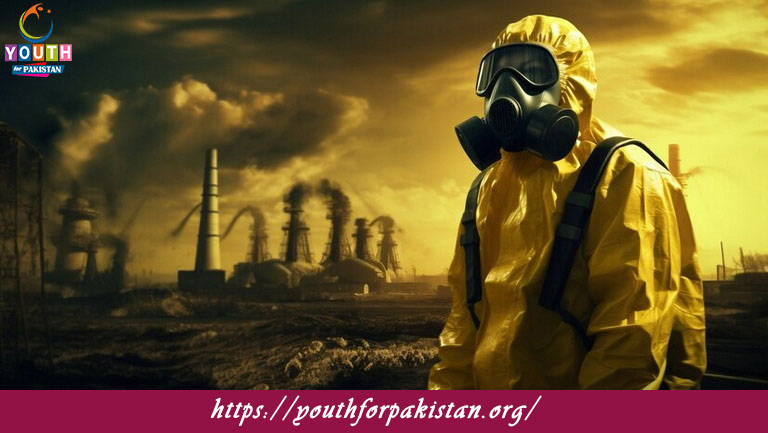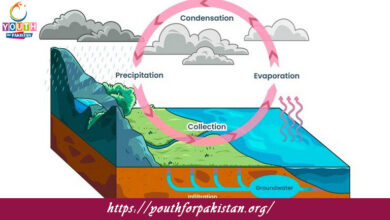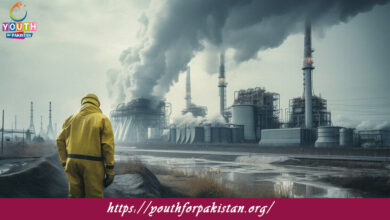Welcome to the Environmental Toxicology MCQs with Answers, it helps learners quickly identify areas for improvement in Environmental Toxicology Online Test.
| Environmental toxicology is a multidisciplinary field that examines the adverse effects of chemicals and pollutants on living organisms and ecosystems. It focuses on understanding how pollutants enter the environment, their distribution and persistence, and their impacts on biological systems. Key areas of study in environmental toxicology include the mechanisms of toxicity, ecological risk assessment, and the development of strategies to mitigate and manage environmental contaminants.
In environmental toxicology, researchers investigate the interactions between pollutants and organisms at various levels of biological organization, from molecular and cellular effects to population and community dynamics. This field plays a crucial role in identifying environmental hazards, assessing the risks associated with chemical exposure, and informing regulatory decisions to protect both human health and ecological integrity. |
Environmental Toxicology Online Quiz
By presenting 3 options to choose from, Environmental Toxicology Quiz which cover a wide range of topics and levels of difficulty, making them adaptable to various learning objectives and preferences. You will have to read all the given answers of Environmental Toxicology Questions and Answers and click over the correct answer.
- Test Name: Environmental Toxicology MCQ Quiz Practice
- Type: Quiz Test
- Total Questions: 40
- Total Marks: 40
- Time: 40 minutes
Note: Answer of the questions will change randomly each time you start the test. Practice each quiz test at least 3 times if you want to secure High Marks. Once you are finished, click the View Results button. If any answer looks wrong to you in Quiz, simply click on question and comment below that question, so that we can update the answer in the quiz section.
Download Certificate of Environmental Toxicology Test
On the end of Quiz, you can download the certificate of the quiz if you got more than 70% marks.
Environmental Toxicology Flashcards

Which of the following is a primary goal of environmental toxicology?
Assessing the impact of pollutants on ecosystems

The process by which pollutants become more concentrated in organisms as they move up the food chain is called ________.

Which of the following is NOT a potential source of environmental toxins?

The study of the adverse effects of chemicals on living organisms and ecosystems is known as ________.

Which of the following is a characteristic of persistent organic pollutants (POPs)?

The LD50 value represents the ________.
Dose of a chemical that is lethal to 50% of the test population

Which of the following is NOT a factor that influences the toxicity of a chemical?

The process by which chemicals are broken down and eliminated from the body is called ________.

Which of the following is a common route of exposure to environmental toxins in humans?

The concept of dose-response relationship in toxicology refers to ________.
The relationship between the dose of a chemical and its effect

Which of the following is a potential health effect of exposure to heavy metals?

The study of the distribution and movement of chemicals in the environment is called ________.

Which of the following is a characteristic of endocrine-disrupting chemicals (EDCs)?

The process by which chemicals are released into the environment from a source is called ________.

Which of the following is a common biomarker used in environmental toxicology studies?

The process by which chemicals accumulate in the fatty tissues of organisms is called ________.

Which of the following is a common effect of exposure to air pollutants?

The concept of half-life in toxicology refers to ________.
The time it takes for half of a chemical to degrade or be eliminated

Which of the following is a common effect of exposure to pesticides in agriculture?

The process by which chemicals are transformed into more toxic forms in the environment is called ________.

Which of the following is a potential health effect of exposure to dioxins?

The concept of synergism in toxicology refers to ________.
The combined effect of two or more chemicals is greater than the sum of their individual effects

Which of the following is a common effect of exposure to water pollutants?
Gastrointestinal disorders

The process by which chemicals are broken down by microorganisms in the environment is called ________.

Which of the following is a potential health effect of exposure to arsenic?

The concept of NOAEL in toxicology refers to ________.
No observed adverse effect level

Which of the following is a common effect of exposure to mercury?

The process by which chemicals are absorbed through the skin is called ________.

Which of the following is a potential health effect of exposure to polychlorinated biphenyls (PCBs)?

The concept of bioavailability in toxicology refers to ________.
The amount of a chemical that is absorbed by an organism

Which of the following is a common effect of exposure to lead?

The process by which chemicals are transported through soil or water is called ________.

Which of the following is a potential health effect of exposure to polycyclic aromatic hydrocarbons (PAHs)?

The concept of mutagenicity in toxicology refers to ________.
The ability of a chemical to cause mutations in DNA

Which of the following is a common effect of exposure to cadmium?

The process by which chemicals are ingested through the mouth is called ________.

Which of the following is a potential health effect of exposure to benzene?

The concept of teratogenicity in toxicology refers to ________.
The ability of a chemical to cause birth defects

Which of the following is a common effect of exposure to asbestos?

The process by which chemicals are excreted from the body is called ________.
If you are interested to enhance your knowledge regarding Physics, Computer, and Biology please click on the link of each category, you will be redirected to dedicated website for each category.










